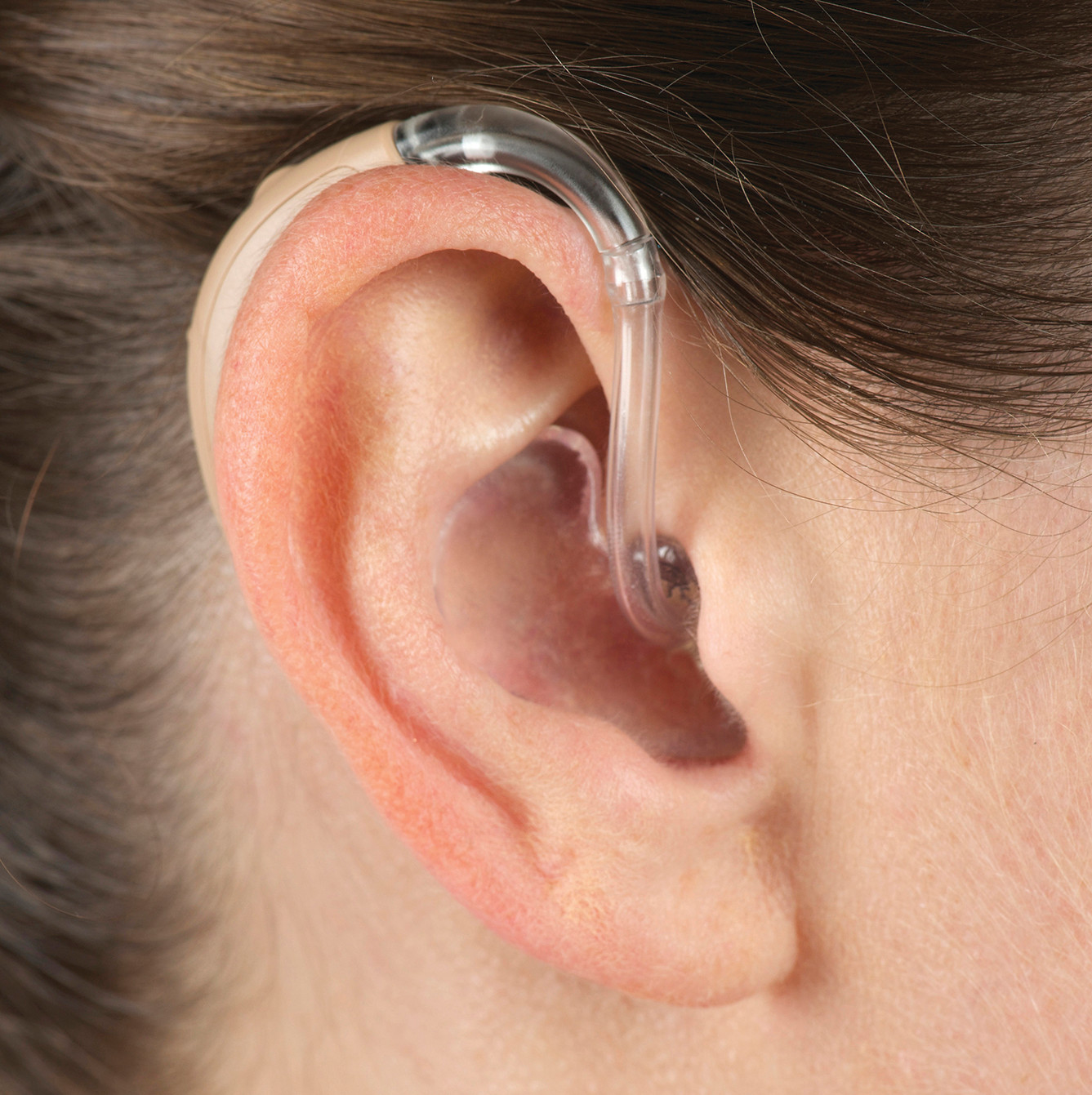Hearing aids are small amplifying devices which fit on the ear, worn by a person who is hearing impaired.
Hearing aids are small amplifying devices which fit on the ear, worn by a person who is hearing impaired. Hearing aid technology has come a long way over the years and most hearing aids have noise reduction features. Hearing aids also have the capability to connect with Bluetooth compatible devices. The current design of hearing aids make them very discreet. Making the decision to purchase hearing aids as part of your hearing rehabilitation is a significant one.
At Casey Hearing, we understand the uncertainty and anxiety that surrounds hearing loss. It not only affects your ability to communicate with others but can also affect your performance in the workplace, classroom and elsewhere.
We tailor a hearing solution package suited to your individual needs by taking the time to understand your unique listening needs and communication goals. Our customised hearing solution will help you embrace life and perform at your best.

Hearing aids aren’t all the same. They come in a range of sizes, shapes and styles.
Behind-the-ear (BTE)
These easy to clean hearing aids sit outside and toward the top of the ear. A tube, attached to an ear mold which rests inside the bowl of the outer ear carries sound into the ear canal.
Open fit BTE
If wearing an ear mold in the outer ear is a problem, these hearing aids may be the solution. They comprise an ear piece to which a thin tube is attached. The ear piece sits outside and toward the top of the ear while the tube rests comfortably inside the ear directing sound from the aid to the ear canal.

These hearing aids are proving very popular with professionals and consumers alike because they’re small, comfortable, discreet and versatile.
A tiny microphone and sound processor housed in and ear piece casing sits behind the ear. The receiver or speaker is attached to the main body of the RIC by an electronic wire. It rests comfortably in the ear canal.
Whilst better sound is an acknowledged benefit, a problem found with this hearing aid design is that wax or moisture can affect functionality and reliability. Accessories are available to protect hearing aids from wax to ensure optimum performance.

In-The-Canal (ITC) and In-The-Ear (ITE)
ITC and ITE hearing aids are smaller than BTE’s. Both ear pieces sit comfortably inside the outer ear; with ITE sitting in the bowl of the outer ear and ITC sitting in the ear canal.
ITE hearing aids are more powerful than the ITC option. Both are prone to ear wax damage and general wear and tear so are unsuitable for people who suffer ear infections. Accessories are available to protect hearing aids from wax to ensure optimum performance. These hearing aids are are effective for mild to severe levels of hearing loss.
Their smaller size means they may be more difficult to clean; however, they may be easier to insert and to use than BTE’s.
Completely in Canal (CIC)
These hearing aids are small and sit deeply in the ear canal. Their smaller size means they may offer fewer features and less power than other aids and are therefore not universally suited to all levels of hearing loss. They’re also prone to damage from ear wax and other conditions of the ear canal.
People with narrow or bendy ear canals or those with dexterity issues may find these aids unsuitable.

Casey Hearing is a private practice. Hearing aids are payable on the day of fitting. Some health funds provide rebates for hearing tests and aids depending on your level of cover.
We are accredited by the Australian Government to provide eligible pension and DVA concession cardholders with a range of subsidized audiology services including hearing tests, hearing devices and fittings.
We’re also a certified WorkSafe contractor, which means we can assess and manage Workcover clients for work related, noise-induced hearing loss.
For more information, have a look at our funding options.

Some practitioners are paid to sell particular brands or types of hearing aids. It’s important you have the opportunity to choose what you need and want in a hearing aid or assistive listening device.
Casey Hearing are independent hearing aid specialists and not under any obligation or contract to promote a particular brand. Our independence as a provider is important to us because of the benefits it provides to you.
We pride ourselves on empowering and supporting our patients to achieve their goals and dreams by delivering customised hearing solutions for you and your family.
Every hearing-impaired client has their own story. We carefully listen to your story and only once we fully understand your circumstances, do we proceed with developing a hearing solution tailored to suit your lifestyle, budget and environment.
If you you or someone you know has hearing concerns, we’re offering a FREE Communication Needs Assessment. Book online here.

Going to Casey Hearing was the best thing for my mother-in-law and for the entire family! With her hearing solution, Georgette can now engage in conversations at the dinner table, speak to her relatives on the phone and understand what is said on the television. She also looks forward to spending time with her grandchildren as she now can now hear and communicate with them.
